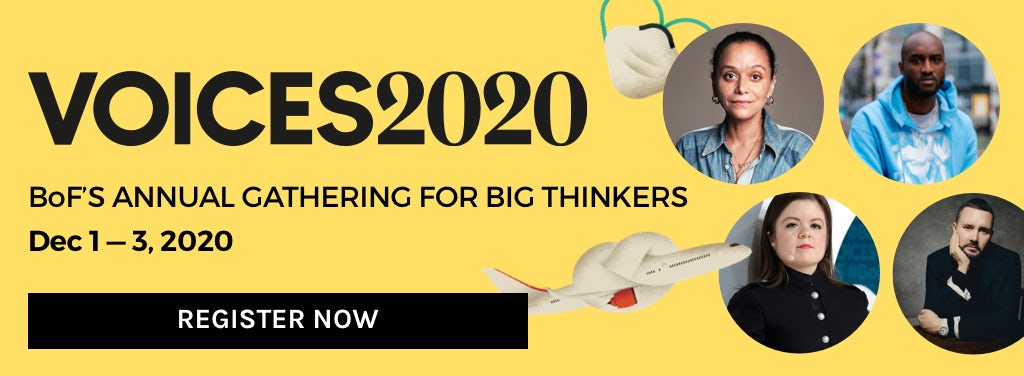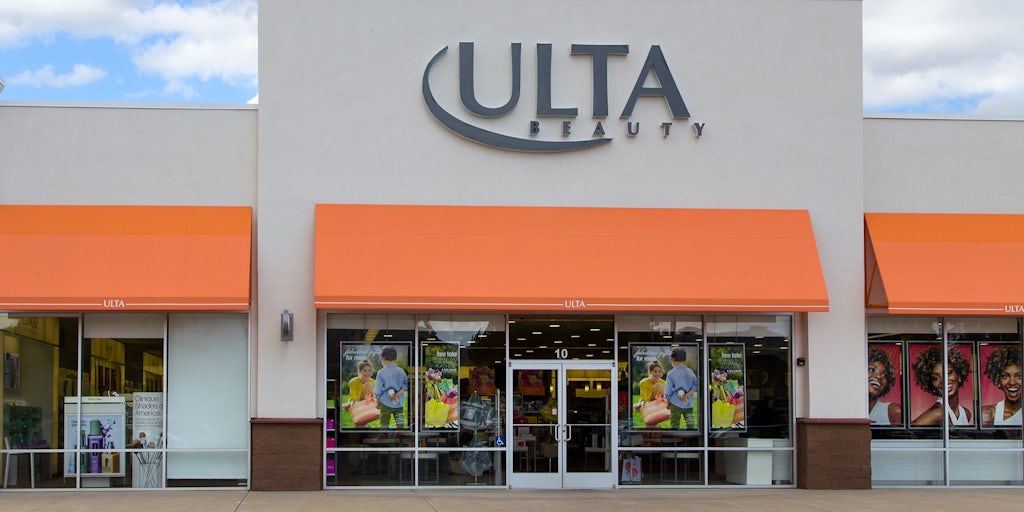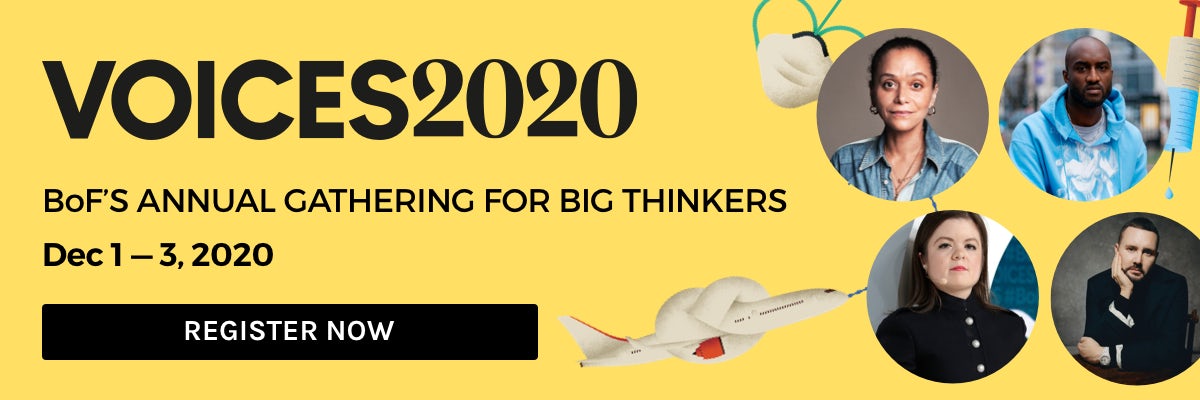How Beauty Stores Have Changed During the Pandemic

Marisa Singh, a communications and marketing specialist from Auburn, Ala., didn’t even have to leave her car the first time she returned to Ulta Beauty after months of quarantining. She placed an order for Ouai leave-in conditioner and Not Your Mother’s sculpting gel on the retailer’s app to give her hair a break from pre-Covid-19 heat styling.
On May 28, Singh, 27, drove up to the curb and a staffer came to the window to ask if she preferred to have her new haircare placed in the backseat or the trunk. In September, Singh finally went inside of the store. She has been shopping indoors ever since.
But shopping for beauty isn’t the same. Singh will only make the trip if she knows what she wants, after ample research online and checking Ulta’s app to make sure it’s in stock.
“If it’s not there, I’m not going over,” Singh said. “Before Covid I would have totally gone in and browsed and tempted myself. I want to see and touch things and test them out.”
When beauty stores closed at the start of the pandemic, many predicted the way people shop for cosmetics, haircare and skin care products would never be the same. Not all of the protocols put in place over the last eight months took hold – elaborate curbside pickup services didn’t prove quite as popular as many retailers expected. But the consumer mindset has shifted in other ways. Ulta, for one, has seen far more shoppers on a mission like Singh since reopening its more than 1,200 stores.
“When someone is crossing that threshold, they’re coming for a reason,” said Kecia Steelman, Ulta Beauty’s chief store operations officer.
Rather than browsing in person, customers now research products online, then make a beeline for the right aisle in stores. What they’re buying hasn’t changed much since the early days of the pandemic: plenty of skin care, body and hair products, plus anything promising health or wellness benefits.
Ulta stores now have greeters at the door to take shoppers’ temperature and dispense sanitiser. Masks are mandatory and testers are for display only. Stores currently operate at half capacity, or 25 percent in some states that have instituted new restrictions as Covid-19 cases surge.
“Trials and testing the way it was before will probably not go back ever again,” Steelman said.
Industry-wide, she expects individual samples to replace the single tester all customers once had to share, one of the most integral parts of the shopping journey. It’s not just about finding the right shade; people want to know the texture, consistency and scent of whatever they’re about to slather on their face.
It’s more expensive, Steelman said, but in the absence of a universal tester, samples could become the way to close a sale. It’s also a good way for products to make their way to potential new customers.
Widespread sampling is the most reminiscent of pre-Covid beauty shopping, when people got to touch and feel something before buying it. Ulta worked with current brand partners to increase sample output, many of which arrived last week in time for the kickoff of the holiday shopping season.
“The whole thing is odd,” said Lacey Vidal, a 34-year-old stay-at-home mom in Boerne, Texas, of pandemic beauty shopping. She went to her local Sephora as soon as it re-opened last spring.
Vidal went in to make a return and test different shades of a product she had been eyeing online, a lip shine. She flagged down a masked-up sales associate who swatched different colours of lip gloss on her gloved hand.
“All of the precautions made sense, it just felt weird having to ask an employee, ‘Can you put this on your hand?’ rather than me just being able to do that,” Vidal said.
In lieu of awkward sampling, retailers are betting on virtual try-on methods, once thought to be more of a novelty than meaningful sales tool. A digital rendering can now make or break a sale in the world of “display only” products. If that eye shadow and lipstick aren’t flattering on the virtual, made-up version of you, transaction is unlikely.
As a selling tool, AI and AR in their current form only go so far in shopping for makeup and skincare.
“Some colours that are normal in the swatch, when you go in person, look almost neon,” Singh said of virtual makeup try-ons generally. “I don’t think it’s that accurate.”
In the meantime, she plans to stick to swatches she finds on Instagram or store websites and apps. And if she’s really unsure about a shade, Singh will hold off on buying until she can try it on safely in a store.
“People are always going to be cautious, even if the vaccine is 90 percent effective,” said Jessica Richards, founder of Shen Beauty, a boutique in Brooklyn that also offers services from facials to eyebrow styling.
Richards has stuck with the safety and hygiene protocols she implemented when she re-opened Sept. 1, like printing out a weekly list of virus hot zones and cross checking it with upcoming appointments. An associate will reach out and cancel services booked by anyone who lives in a hot zone. Face shields for estheticians, in addition to masks, are mandatory during services.
“With consumers, perception is reality,” said Katie Thomas, head of the Kearney Consumer Institute.
Although retailers like Ulta and Shen have taken aggressive hygiene measures, it may not even matter all that much. Thomas thinks that making a store seem clean is enough to assuage nervous customers.
“Am I actually running a blacklight over a cart at Target to make sure it doesn’t have any germs on it? No,” Thomas said.
Even more pressing than in-store cleanliness is what to do if there are new lockdowns or quarantines.
It helps to have a backup plan in the event that stores have to close.
Earlier this month, Ulta announced that it will roll out 1,000-square-foot pop-ups in 100 Target doors next year. It won’t make up for all of the business if Ulta has to close, but a presence in Target – an essential retailer frequented by customers for medicine, grooming items and food – could offset some of the loss.
For Jin Soon Choi, founder and owner of Jin Soon, a nail spa with four locations in New York City, this means relying more heavily on the bottled nail polish she also sells. Recently, Choi expanded her offerings with at-home manicure care, including a cuticle oil and a stainless-steel tool to reduce and exfoliate cuticles.
Choi said the nail category, which has seen increases because of at-home manicures, kept the business going during last spring and summer.
“It was a silver lining,” Choi said. “When everything was closed down it gave us a bit of hope.”
THIS WEEK IN BEAUTY
There is a new Skin Care By Hyram-approved skin-care brand for teens. Bubble, which includes seven fragrance-free products that retail from $12 to $19, launches this week.
L’Oréal USA names winners for its For Women in Science programme. Five female scientists in fields like biology and engineering were awarded $60,000 grants.
Huda Beauty is the most in-demand beauty line online. According to the Cosmetify Index, Huda Beauty has over 53 million combined social media followers, followed by Kylie Cosmetics and MAC Cosmetics.
Beauty is coming for the home category. Resoré claims its $99 towels are better for anti-aging and acne than an ordinary towel because it’s made with an antimicrobial technology.
Dakota Johnson invested in Maude. The actress is also co-creative director of the sexual wellness brand, which sells toys, condoms and lube.
Kohl’s wants to expand its beauty business. The retailer sees beauty as a growth driver and plans to triple its sales in the category.
Face mists are getting specialised. Instead of rose scented water, some face mists claim to protect skin from blue light or pollutants.
The Grinch is getting a makeup collection. Kylie Cosmetics’ next collaboration, which includes 19 products, is inspired by the Christmas hating-Dr. Seuss character.
BoF’s ANNUAL GATHERING FOR BIG THINKERS
VOICES brings together the movers, shakers and trailblazers of the global fashion industry and unites them with the big thinkers, entrepreneurs and inspiring people who are shaping the wider world, hosted by BoF founder and editor-in-chief, Imran Amed, and led by BoF’s expert editors and correspondents.
Register now to reserve your spot.
1. THE WIDER WORLD: Making sense of 2020 and charting a way forward
2. INSIDE THE FASHION SYSTEM: Addressing the industry’s most important challenges and opportunities
3. TECHNOLOGY & INNOVATION: Exploring how new technologies will change consumer behaviour
4. REINVENTING RETAIL: Understanding how forces accelerated by the pandemic are completely reshaping the retail landscape
5. LIVE YOUR BEST LIFE: Finding the balance, insight and inspiration to be the most authentic, healthy version of yourself
JOIN US FOR A GLOBAL CONVERSATION ABOUT THE FUTURE OF THE FASHION INDUSTRY
This year, VOICES will be delivered via a live broadcast adapted to the unique circumstances of the Covid-19 era — and BoF Professional and BoF Professional Student members anywhere in the world can take part in this live global conversation as the industry looks ahead to 2021. If you are not a member, sign up today with our 30 day trial, including access to VOICES 2020.


